v1 vs. v2 Apple Products
I’ve been thinking a lot about whether or not I will order a Vision Pro when it becomes available or if I will wait for v2. Based on early reports it sounds magical. I have not heard a single person who has used the device say otherwise. However, it is incredibly expensive. At $3,499 it would be the most expensive computer I’ve ever purchased (including a maxed out PowerBook I bought at the end of my Apple internship in 2002 with a 25% discount).
While chatting with a friend about the pros and cons of waiting, I began reciting the differences between a few first and second generation Apple products. “Wait a minute,” I said. “This would be a great blog post! Let me check some details.” I thought it would be fun and helpful to take a close look at several products and get a sense for how often it’s actually worth waiting. We can see what features were the highest priority to immediately add. I decided to focus on a few key v1 products: the Macintosh, PowerBook, Power Mac, iMac, iPod, MacBook Pro, iPhone, iPad, Apple Watch, and AirPods.
I’ll be honest. Much of this analysis is swayed by my current age, disposable income, nostalgia, and where I was in life when these products were announced.
TLDR: I’m going to buy a Vision Pro even though I should wait for a v2.
Macintosh 128k vs. Macintosh 512k
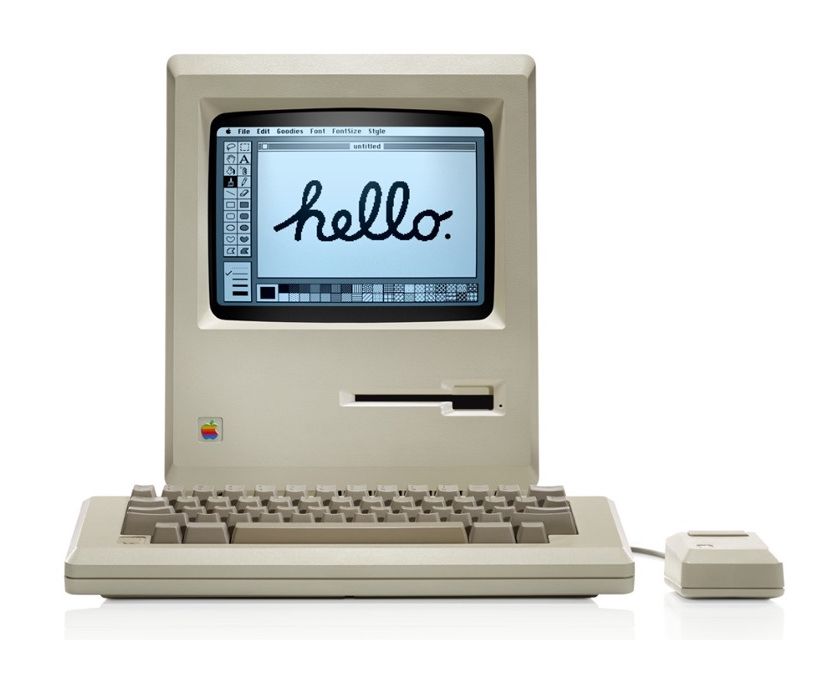
Since I was born in 1983 I didn’t get to experience the rise of GUIs and personal computers with the Macintosh. In the late 1980s I remember playing with gigantic, noisy, ugly Compaq and Toshiba boxes that ran DOS at friends’ houses while at school there were slick, elegant, and easy to use Macs.
Here are the differences between the original Mac 128k and its quickly arriving successor, the Mac 512k:
| Spec | Mac 128k | Mac 512k |
|---|---|---|
| Mac 128k | Mac 512k | |
| Launch Date | January 1984 | September 1984 |
| RAM | 128 KB | 512 KB |
| Latest Mac OS | 1.0 | 3.2 |
| Cost | $2,495 | $2,795 |
Just 8 months after the Macintosh 128k’s debut the 512k model was released. The big change was an increase in RAM which improved performance and allowed the Mac to run more software including future versions of Mac OS. However, the Mac 128k was not a new product line in an existing category like an M3 MacBook Air. It was a paradigm shift; a new way of using computers. The excitement after the 1984 Superbowl commercial must have been immeasurable. Perhaps this a result of hindsight and my selfish desire to build out my museum, but I believe I would have purchased a Mac 128k on launch day and not waited for v2.
Macintosh 128k vote: buy
PowerBook 140 vs. PowerBook 145
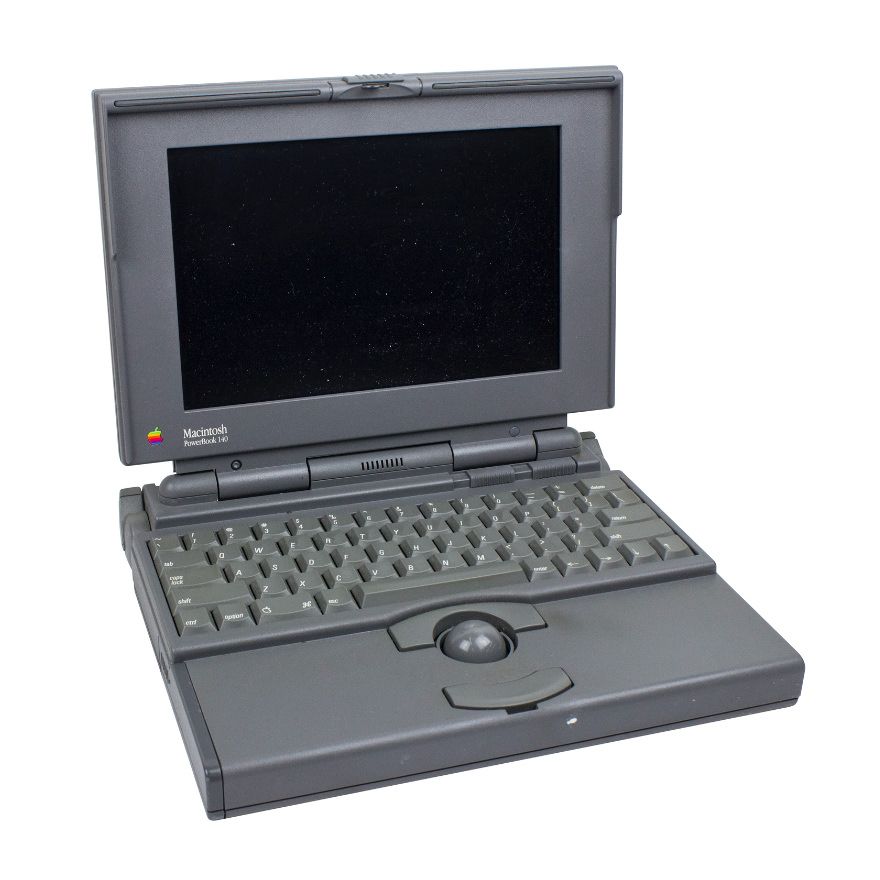
I first encountered a PowerBook in either 1993 or 1994 when I began playing the alto saxophone in elementary school. The music teacher connected a PowerBook to a MIDI keyboard to play accompanying music. For a kid who was excited by computers it was extremely cool to see a computer working with other hardware.
Here are the differences between the PowerBook 140 and its successor, the PowerBook 145:
| Spec | PowerBook 140 | PowerBook 145 |
|---|---|---|
| PowerBook 140 | PowerBook 145 | |
| Launch Date | October 1991 | August 1992 |
| Processor | 16 MHz 68030 | 25 MHz 68030 |
| Latest Mac OS | 7.5.5 | 7.6.1 |
| RAM | 2 MB | 4 MB |
| Cost | $2,500 | $2,150 |
Note: I chose the 140 and 145 because there was no successor to the 100.
If you waited just 10 months you got a faster processor, more RAM, and a lower cost with the PowerBook 145. Similar to my views on the Mac 128k, this was another revolution in computing. Apple released the Macintosh Portable in 1989, but it was wildly expensive at $7,300 ($17,200 adjusted for inflation) which seems slightly unrealistic. The PowerBook was smaller, lighter, and more affordable. You could now take your Mac off your desk and work on the go! I don’t think waiting for v2 was worth it.
PowerBook vote: buy
Power Macintosh 8100 vs. Power Macintosh 8500
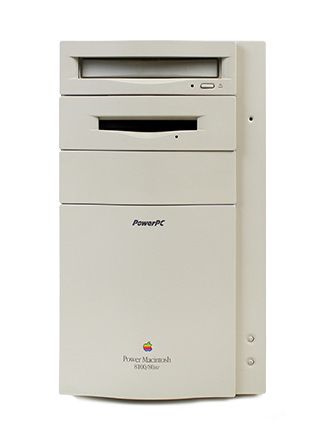
I first encountered a Power Mac in a lab at summer school where I learned about building websites, graphic design, animation, and 3D modeling using applications like Strata Studio Pro, Bryce 3D, Photoshop, and Director. On Fridays we got to play Marathon and Warcraft II all day. It was a good summer.
Here are the differences between the Power Macintosh 8100 and its successor, the Power Macintosh 8500:
| Spec | Power Mac 8100 | Power Mac 8500 |
|---|---|---|
| Power Mac 8100 | Power Mac 8500 | |
| Launch Date | March 1994 | August 1995 |
| Processor | 80 MHz 601 | 120 MHz 604 |
| Latest Mac OS | 9.1 | 9.2.2 |
| Hard Drive | 500 MB | 1 GB |
| RAM | 8 MB | 16 MB |
| Graphics | Integrated | Discrete |
| Expansion | NuBus | PCI |
| Cost | $4,200 | $4,000 |
When the Power Mac line was announced we already had the very capable Quadra line. The 601/604 PowerPC processors were exciting (my dad’s Performa 6115 had a 601 and my Performa 6300 had a 603e), but I think it was safe to wait a year for a v2 while continuing to rely on the weathered but experienced 68040. Waiting got you double the storage, double the RAM, a graphics card, better expansion, and the much more powerful 604 processor.
Power Mac vote: wait
iMac vs. iMac (Slot Loading)
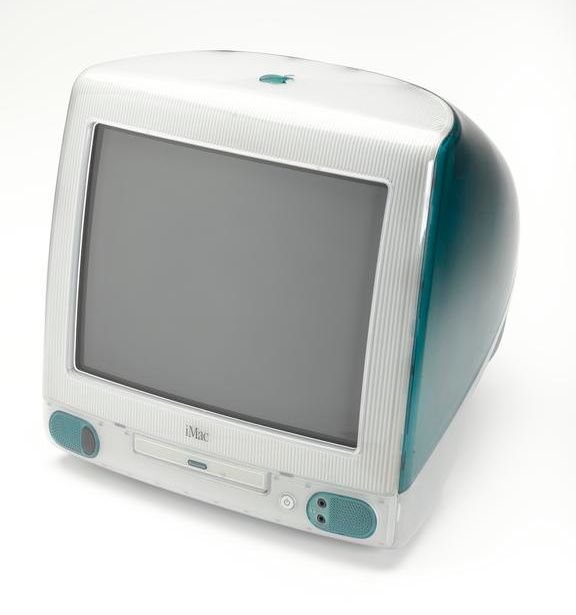
In the late 90s I had aging Performa 6300 with an optional AV card that served me quite well. My priorities were playing Marathon and writing essays. The platinum design language was ready to be replaced.
At that time I worked at a local third party Apple retail store named Computerware and sold a lot of iMacs. People loved the colors and simplicity. Everything you needed was in the box. Jeff Goldblum elegantly explains this in a commercial, “Presenting 3 easy steps to the internet. Step 1: plug in. Step 2: get connected. Step 3: there’s no step 3.”
Here are the differences between the iMac and its successor, the slot loading iMac:
| Spec | iMac | iMac (Slot Loading) |
|---|---|---|
| iMac | iMac (Slot Loading) | |
| Launch Date | May 1998 | October 1999 |
| Processor | 233 MHz G3 | 350 MHz G3 |
| Latest Mac OS | 10.3.9 | 10.4 |
| Optical Drive | CD | CD, DVD, CD-RW |
| Hard Drive | 4 GB | 6 GB |
| RAM | 32 MB | 64 MB |
| Video RAM | 2 MB | 8 MB |
| FireWire | ✓ | |
| Cost | $1,299 | $1,299 |
Note: I chose to skip the iMacs released 4.5 months after the initial launch due to the extremely short timespan and hardware similarities. They feel more like a bonus round than a v2.
The original iMac in its beautiful bondi blue case was a statement and it belongs in museums. Apple was back and computers were fun again. Specs? Who cares! Well, I did. Disc drives were quickly becoming useless thank to the internet, but I still relied on a SCSI port for several more years thanks to the Iomega Zip drive and a CD burner. I was not ready to jump on the USB bandwagon. The updated specs that arrived in the slot loading model the following year were worth waiting for in addition to seeing how the industry reacted to USB.
Waiting also got you a faster processor, more storage, and more RAM. The bondi blue color option was no longer available, but graphite was.
iMac vote: wait
iPod vs. iPod (Second Generation)
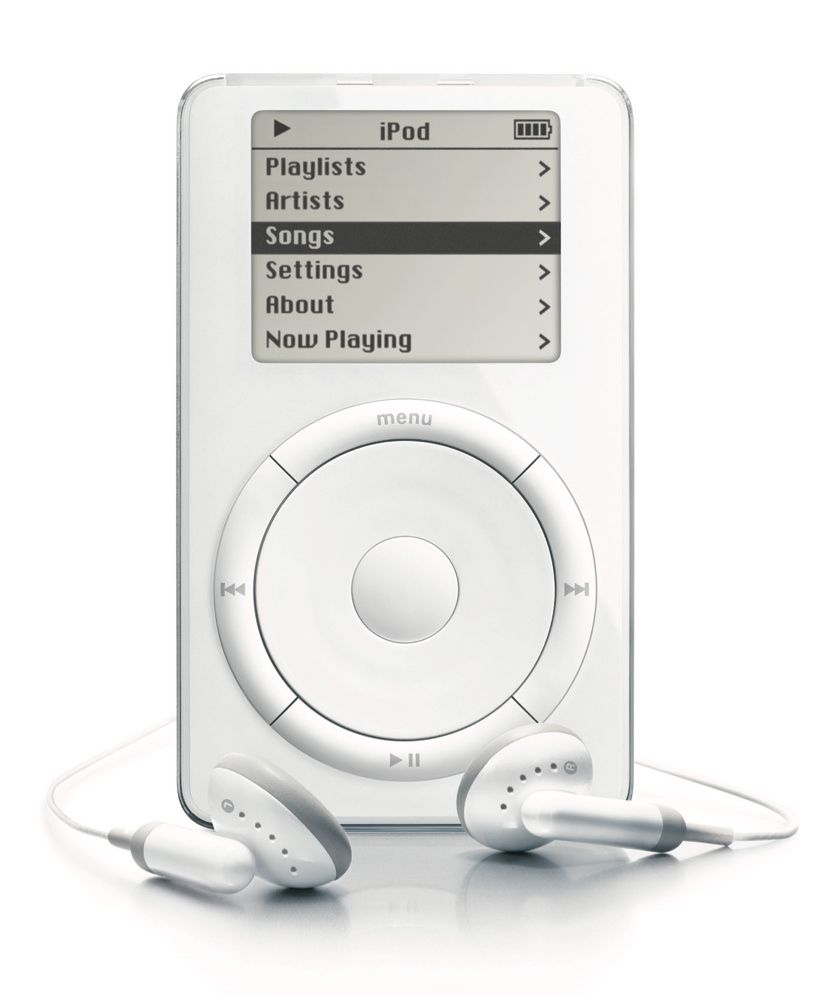
When the iPod was announced I was a freshman in college. Mp3s were playing in every dorm room, at every party, and I assume in every dining hall. Legally? Doubtful. At some point most of us stopped ripping CDs and turned to Napster, Scour Exchange, Kazaa, LimeWire, etc. At Computerware I sold a few Creative Nomad Jukebox mp3 players that were intriguing but unappealing. There was clearly another paradigm shift occurring, but a solution to manage, transfer, and traverse a large collection of mp3s had not presented itself… yet.
Here are the differences between the iPod and its successor, the second generation iPod:
| Spec | iPod | iPod (Second Generation) |
|---|---|---|
| iPod | iPod (Second Generation) | |
| Storage | 5 GB | 10 GB |
| Scroll Wheel | Mechanical | Touch-sensitive |
| Launch Date | October 2001 | July 2002 |
By the time I arrived at college I had embraced and experimented with a variety of ways to collect, organize, and listen to music. In 2001 I had already moved on from a Rio 500 and heavily invested in a Sony MiniDisc player. I gleefully walked around campus with a little notebook of discs and swapped them multiple times each day. The MiniDisc ecosystem combined with a very easy way to quickly download mp3s in my dorm room made me hesitant to immediately purchase an iPod. I felt it was safe to wait until a v2 (which I definitely purchased). Once the iPod was paired with the iTunes Store there was no going back.
iPod vote: wait
MacBook Pro vs. MacBook Pro (Refresh)

The MacBook Pro replaced the beloved PowerBook G4 Titanium. Yes, the titanium paint scratched easily. Yes, there were issues with the little magnetic hook that kept the lid shut. Yes, the fans roared when I played Medal of Honor. But it felt so good to say the word “titanium” when describing a laptop. For my freshman year in college I convinced my parents to ship my Blue and White Power Mac G3 from California to New York. It was gigantic in a tiny dorm room. After my summer internship at Apple the following year I purchased a PowerBook G4 Titanium which was more suitable for a student lifestyle. A few years later Apple surprised the industry by announcing a transition from PowerPC processors to Intel processors, and the first Apple laptop with an Intel processor was the MacBook Pro.
Here are the differences between the MacBook Pro and its successor, the refreshed MacBook Pro:
| Spec | MacBook Pro | MacBook Pro (Refresh) |
|---|---|---|
| MacBook Pro | MacBook Pro (Refresh) | |
| Processor | Intel Core Duo | Intel Core 2 Duo |
| Storage | 80 GB | 120 GB |
| Latest Mac OS | 10.6 | 10.11 (El Capitan) |
| FireWire | 400 | 400, 800 |
| Launch Date | January 2006 | October 2006 |
It’s worth reflecting on the MacBook Pro name considering it started in 2006 and we still have it in 2023. The PowerBook name lasted 15 years (1991-2006). The MacBook Pro name has lasted even longer! We’re at 17 years and there’s no sign of changing it. I would argue there was an opportunity to create a new name to coincide with the Apple Silicon transition, but that didn’t happen.
When the MacBook Pro was announced we were all using titanium or aluminum PowerBook G4s, and they were fantastic machines. Coworkers at the startup I was working for at the time had 12, 15, and 17-inch PowerBooks. Sticking with the PowerBook avoided any software hiccups during the transition from PowerPC to Intel architecture. Waiting just 10 months also got you the Intel Core 2 Duo processor which significantly extended the life of the computer. It was clearly safe to wait for v2.
MacBook Pro vote: wait
iPhone vs. iPhone 3G
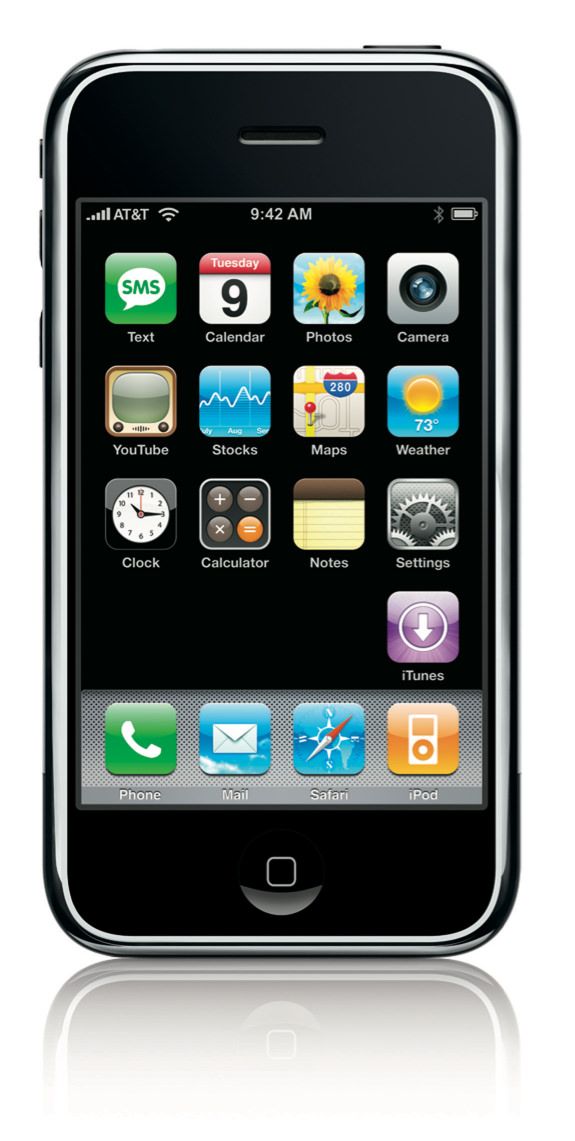
When the iPhone was announced I was using a boring Motorola v551 flip phone. I had run through a series of Ericsson and Sony Ericsson phones that synchronized contacts and calendars over Bluetooth with iSync. Eventually those capabilities on candybar phones fell out of fashion with the rise of pre-iPhone smartphones. The leaders at the startup I was working for had a variety of these devices. Blackberries, Treos, BlackJacks, etc. One would think as a tech enthusiast I would have purchased one, but I vividly remember disliking all of them. The Sony Ericsson T68i and T610 were tiny and powerful. The smartphones mentioned above were gigantic and barely more capable. It didn’t seem like a valuable tradeoff. Then January 2007 came and Jobs delivered arguably his best keynote.
Here are the differences between the iPhone and its successor, the iPhone 3G:
| Spec | iPhone | iPhone 3G |
|---|---|---|
| iPhone | iPhone 3G | |
| Network | EDGE | 3G |
| Storage | 4 GB | 8 GB |
| GPS | ✓ | |
| Latest iOS | 3.1.3 | 4.2.1 |
| Launch Date | July 2007 | October 2008 |
The iPhone was obviously a day 1 purchase. No question; no hesitation. I did not have experience with 3G connectivity so I didn’t feel like I was missing out. EDGE was painfully slow but it didn’t matter. The experience of using an iPhone was worth living with the slow (and unreliable) AT&T network. Also Google Maps worked surprisingly well without GPS.
I saw an iPhone up close 3 months before launch at a car meetup in San Jose. There was an Apple VP showing off his Ferrari, but everyone there was more interested in the pre-launch iPhone he was demonstrating. Launch day came and I lined up outside the Palo Alto Apple Store for 2.5 hours before it opened. I got one. It was exhilarating.
iPhone vote: buy
iPad vs. iPad 2
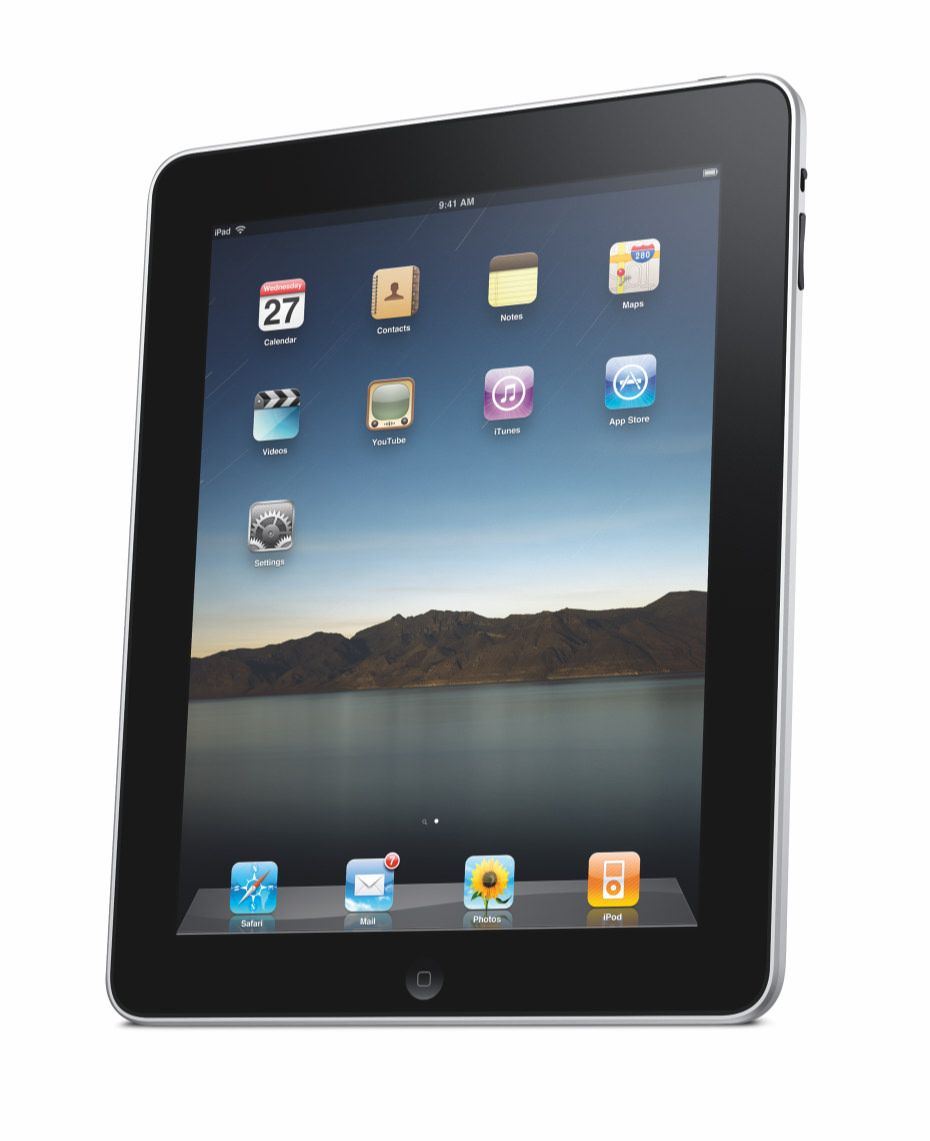
For a few years pundits praised computer companies for producing cheap, crappy, miniature laptops referred to as netbooks. They had poor specs, tiny screens, and terrible keyboards. Heck if you weren’t careful and selected the cheapest option a netbook would show up running Linux. People assumed (and hoped) that Apple would join the fray with its own take on the netbook. Fortunately they never did. Instead, Apple waited until the netbook faded away and the tablet category arrived. Microsoft debuted its “slate” computer at CES in 2010, and, after years of speculation regarding a more portable portable computer, Jobs introduced the iPad.
Here are the differences between the iPad and its successor, the iPad 2:
| Spec | iPad | iPad 2 |
|---|---|---|
| iPad | iPad 2 | |
| Processor | A4 | A5 |
| RAM | 256 MB | 512 MB |
| Cameras | ✓ | |
| Latest iOS | 5.1.1 | 9.3.6 |
| Launch Date | January 2010 | March 2011 |
Jobs sat in a Le Corbusier Grand Confort Lounge Chair on stage, reclined, and held up the iPad. I was sold. The first casual computer. I wanted both the chair and the iPad, and, somehow, the iPad was a shockingly affordable $499 compared to the rumored $999. With the accompanying iPad Keyboard Dock I believed I had unlocked a new productivity setup. However, the iPad was and continues to be a consumption product. I have never embraced it as a primary computer. I just love moving files around and looking at multiple windows simultaneously too much. The iPad wasn’t another paradigm shift, but it still had a magnetism and curiosity that made it a launch day purchase.
iPad vote: buy
Apple Watch Series 0 vs. Apple Watch Series 2
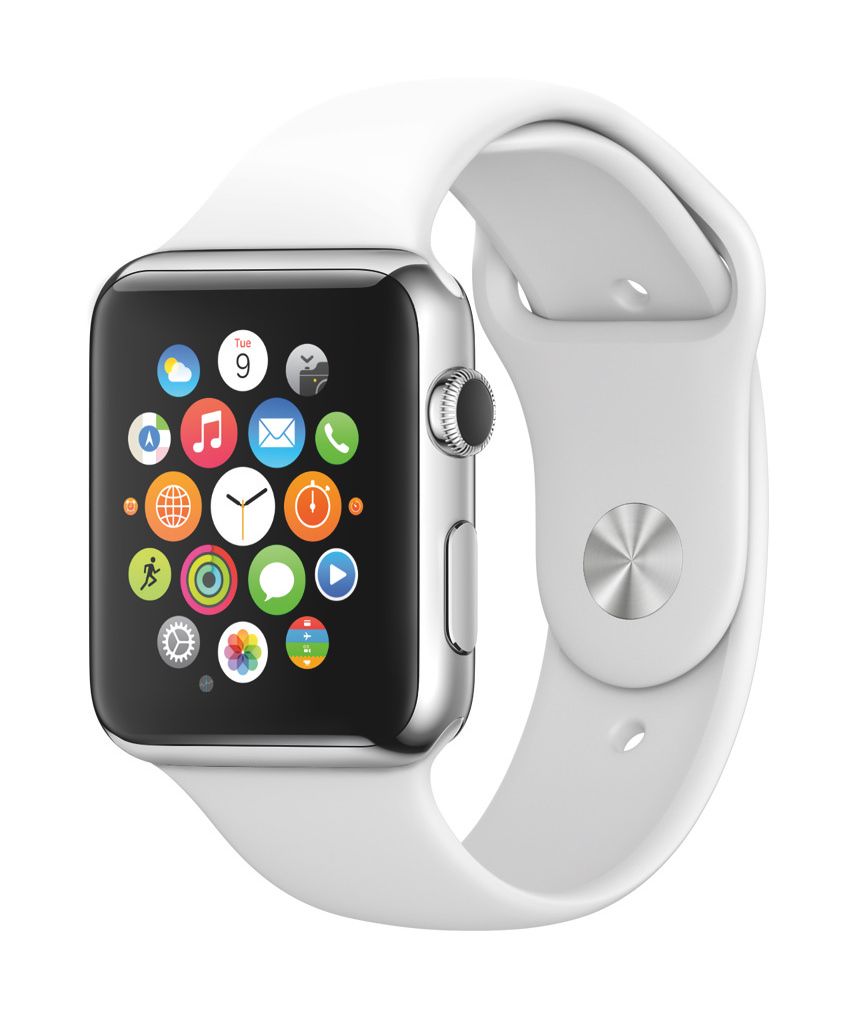
When the Apple Watch was announced I was proudly wearing a TO watch by Issey Miyake. I still love that watch despite the difficulty of telling time when the lengths of the hours and minutes hands are reversed. I had dabbled in the smartwatch category by backing the Pebble on Kickstarter in 2012. I wore it for a bit but quickly found it clunky and unhelpful. I recall the notification tap feeling particularly cheap.
Years had passed since the iPad launched and the industry was curious as to where Apple would venture next. The announcement was fun but left many questions unanswered. What would an app experience be like on such a small screen? Do I even want to send my pulse to a friend? Most importantly, will the battery last all day?
Here are the differences between the Apple Watch Series 0 and its successor, the Apple Watch Series 2:
| Spec | Apple Watch Series 0 | Apple Watch Series 2 |
|---|---|---|
| Apple Watch Series 0 | Apple Watch Series 2 | |
| Processor | S1 | S2 |
| Water Resistance | Splash Resistant | Water Resistant |
| GPS | ✓ | |
| Latest watchOS | 4.3.2 | 6.0 |
| Launch Date | April 2015 | September 2016 |
To be candid I purchased an Apple Watch on day one, but upon reflection I do not believe it was vital compared to some other Apple products. Both the core functionality and third party apps were slow and the battery life was mediocre. In terms of software it took a few iterations of watchOS for Apple to learn what the watch excelled at and focus. Hardware quickly improved though. Series 2 pushed the battery life towards an acceptable capacity where I wasn’t worried it would deplete to 0% if I did a long workout.
Apple Watch vote: wait
AirPods vs. AirPods (Second Generation)
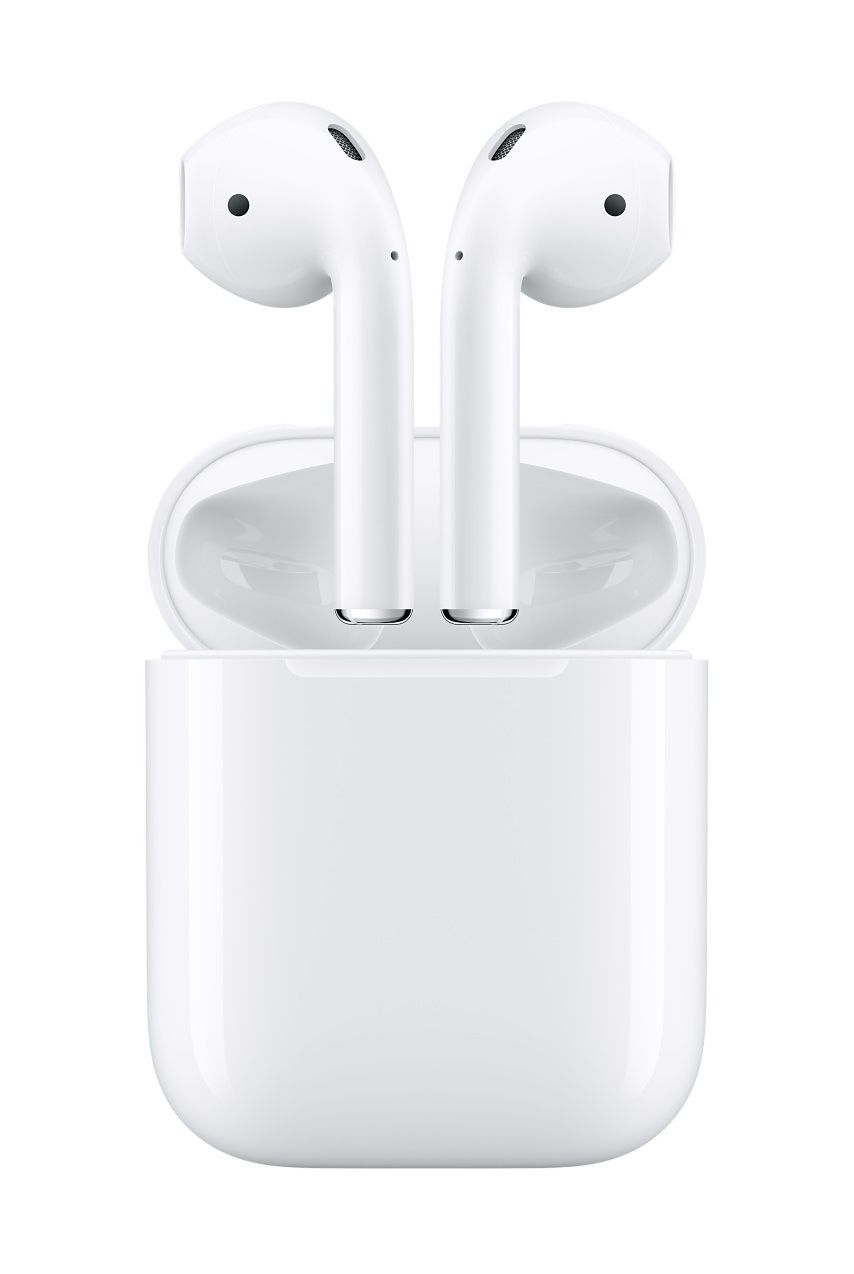
I love headphones. Love. When Shyp was around I would buy headphones, try them on, and immediately call Shyp to pick them up for a return. Before the AirPods and AirPods Pro launched I was a happy Bang & Olufsen Beoplay H3 owner. They were elegant and I enjoyed their sound profile. I dabbled with Bluetooth headphones starting in 2013 for running, but still used wires for calls and commuting.
Here are the differences between the AirPods and their successor, the second generation AirPods:
| Spec | AirPods | AirPods (Second Generation) |
|---|---|---|
| AirPods | AirPods (Second Generation) | |
| Processor | W1 | H1 |
| Qi Charging | ✓ | |
| Launch Date | October 2016 | March 2019 |
The first generation AirPods were fantastic. Perhaps not a paradigm shift or leap in computing, but they certainly reset the Bluetooth headphone industry. Now almost every pair of Bluetooth headphones follow the same concept. Cases had been used as charging mechanisms in the past, but sound and satisfaction of placing the AirPods into the case and shutting it were unmatched. It was absolutely not worth waiting almost three years(!) for a v2. Although I did purchase the v2 version because I’ll always jump at improvements to connectivity and battery life.
AirPods vote: buy
Tally
Let’s review the list and votes:
| Tally | Buy | Wait |
|---|---|---|
| Buy | Wait | |
| Macintosh | ✓ | |
| PowerBook | ✓ | |
| Power Mac | ✓ | |
| iMac | ✓ | |
| iPod | ✓ | |
| MacBook Pro | ✓ | |
| iPhone | ✓ | |
| iPad | ✓ | |
| Apple Watch | ✓ | |
| AirPods Pro | ✓ |
5 votes for “buy” and 5 for “wait.” An even split. I’m surprised by this! Before conducting this exercise I assumed there would be fewer “wait” votes. I’ve learned nothing except perhaps I’m more mature than I realize.
Vision Pro’s Value
When applying this breakdown to the purchasing decision for the Vision Pro, it’s worth noting which items in the list were exorbitantly expensive and which were affordable. For example, the Macintosh and PowerBook were way more expensive than the iPod and iPhone. At $3,499 the Vision Pro is not a product one buys on a whim.
But what about value? I use my iPhone and AirPods Pro constantly so the value to cost ratio is reasonable. Will I wear the Vision Pro for 8 hours per day during the work week? I can’t use it in meetings if someone else is in the conference room. That would be awkward. If it makes me more efficient at work and video calls become more enjoyable, perhaps it’s worth investing in just for work. I certainly won’t wear it at night if I want to stay married. I also won’t wear it during weekends since I have two kids under three. No time for dad to play with his toys.
Assumptions About a Vision Pro v2
Based on all the products discussed above and the components in the Vision Pro I think we can make some assumptions regarding inevitable improvements in a v2:
- Improved battery life
- M2 → M3 processor
- Improved Spatial Video
- Improved Persona fidelity
- Decreased weight
- Improved displays
- Decreased latency
- R1 → R2 chip
- Improved eye tracking
Vision Pro’s Magic
It’s weird to toss around a word like “magic” when referring to tech products. The word should be reserved for moments when the future becomes obvious. For example, the first time I used a web browser the world felt infinite, and it was obvious that I would use a web browser every day. The first time I streamed video in a web browser content felt infinite, and it was obvious I would watch videos every day. I wonder if the first time I see a blinking cursor and start typing on a virtual keyboard in a Vison Pro will computing feel infinite?
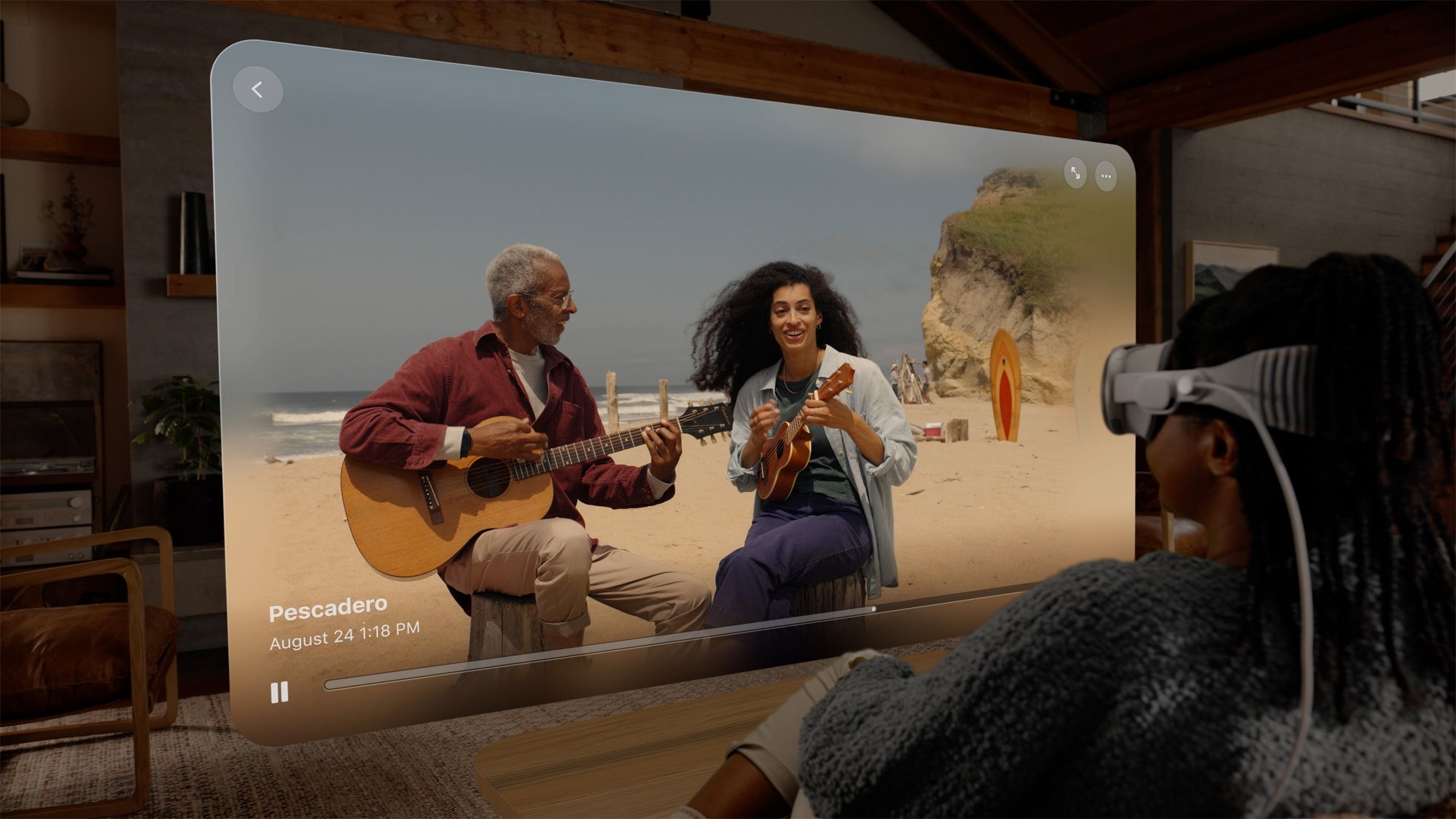
Raymond Wong describes his experience with Spatial Video as “emotional” in a recent post on Inverse:
…These convos are very precious to me, so to see them replayed with a sense of presence really tugged at my heartstrings. At one point, I fought back a few tiny tears if only because there were three Apple reps sitting next to me… At a certain distance and window size, spatial videos can look life-sized. But even when I “pushed” the video window farther away (enabled by looking at the bar at the bottom of the window and then pushing it farther from me), seeing my mom in 3D made me emotional.
Outside of productivity and entertainment, it sounds like the Vision Pro can create “emotional” experiences unlike any other computing platform. That’s where I see the magic potential. Lately my daughter insists on calling grandmothers, aunts, uncles, and cousins on FaceTime during breakfast every day. I’m delighted that she can see family members around the country whenever she wants. A few years ago this required a laptop, webcam, and iChat AV. Before that it was even trickier. Now it’s a single tap on a device we all carry. Perhaps Spatial Video will be the next leap in human connection.
Decision
It’s hard to believe after writing all of this I’m still wavering. Acquaintances who have used a pre-launch Vision Pro claim it’s incredible. They insist waiting for a v2 is unnecessary and, knowing me, unlikely. Let’s be honest here: I’m going to buy a v1. I’m just not sure if it’s going to be day one or after I get to play with one.
Thank you, Remy, for proofreading and shouting “What? You’re buying a Vision Pro? I don’t think so.”